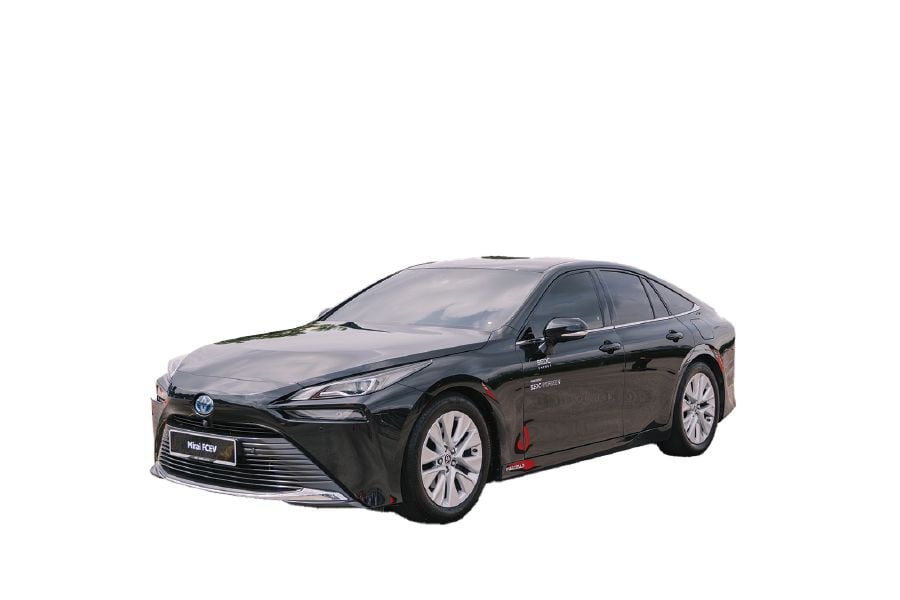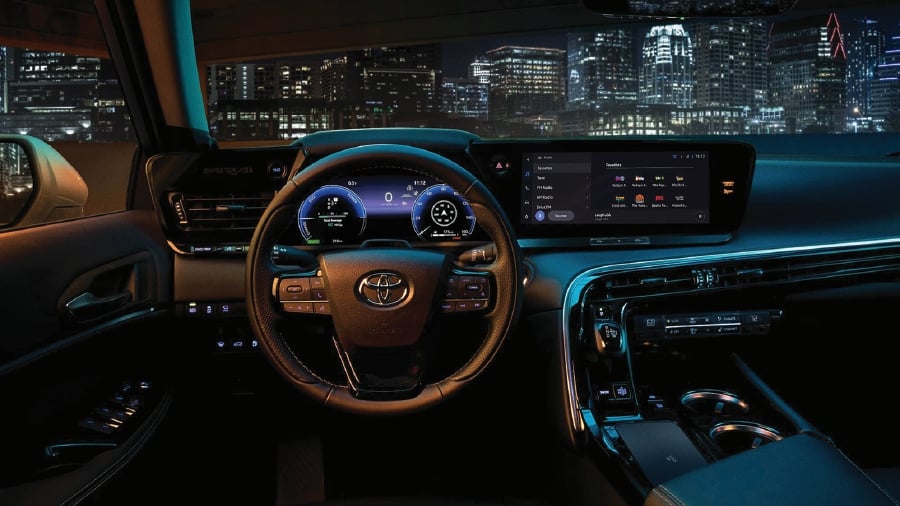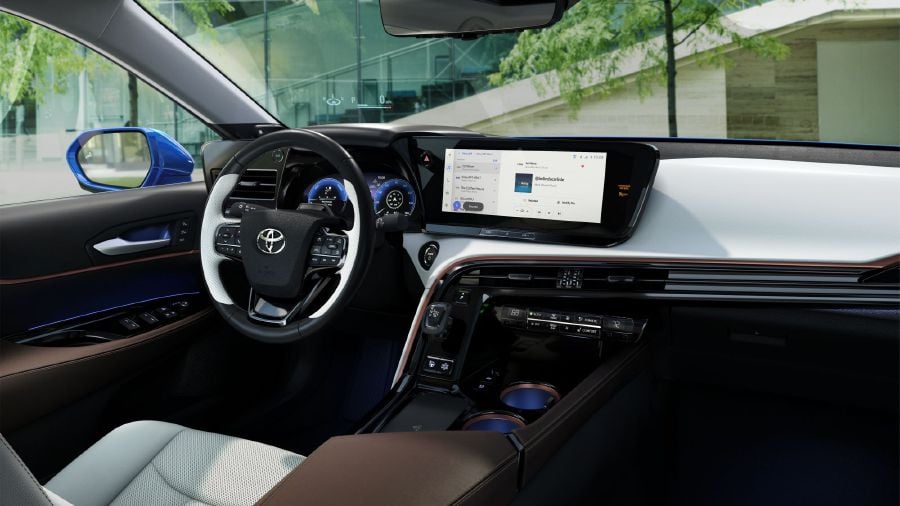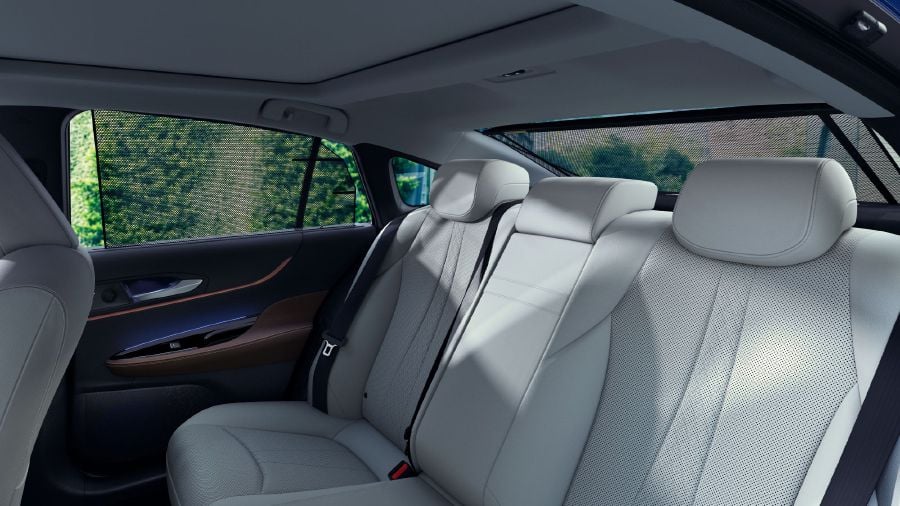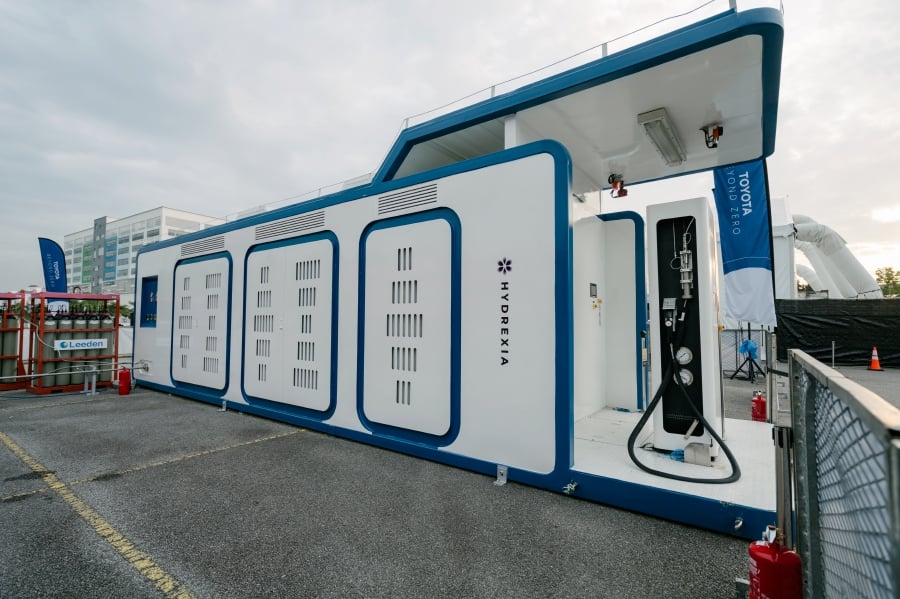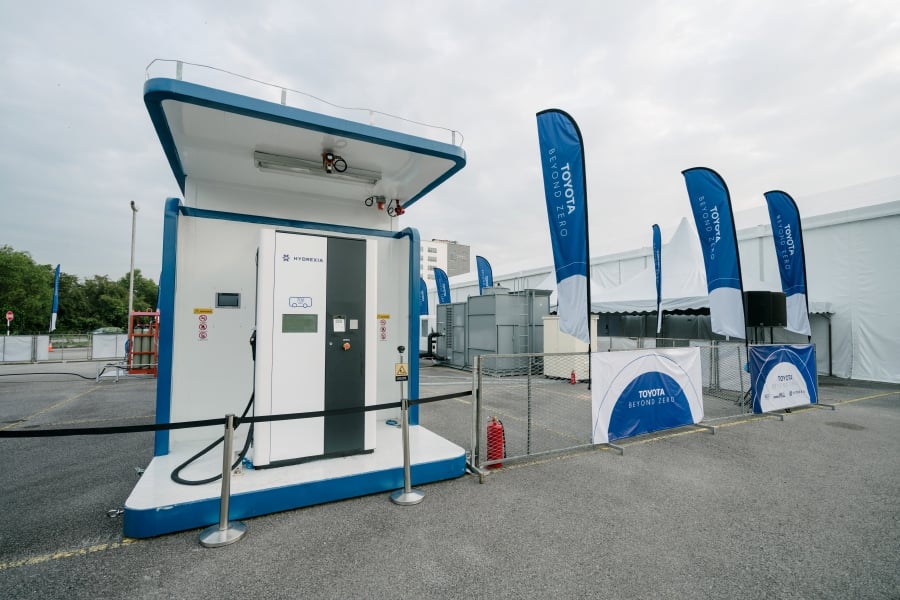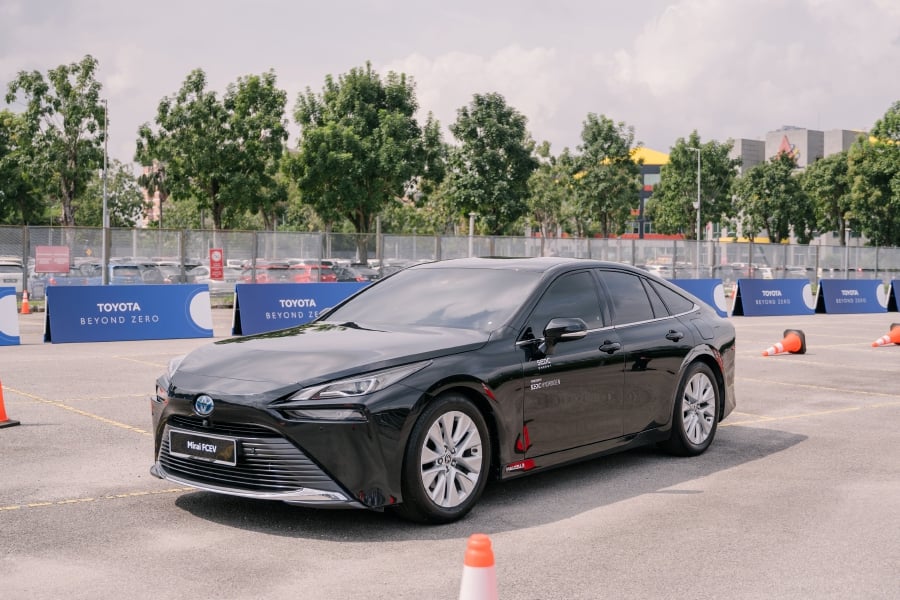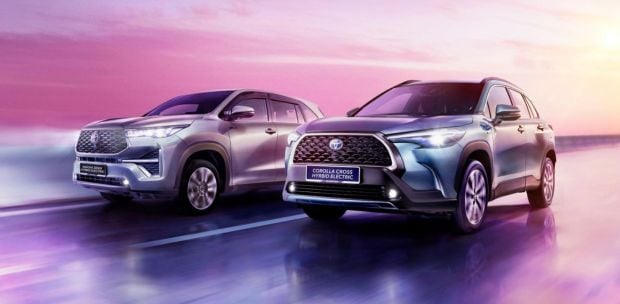NO discussion on new energy vehicles (NEVs) will be complete without the mention of the Mirai.
Meaning "future" in Japanese, the car has been the face of Toyota's technological efforts towards new forms of powertrain adoption.
By harnessing hydrogen-powered technology, Toyota is priming the fuel-cell electric vehicle (FCEV) as a template for future hydrogen cars, which they believe will greatly serve alongside the current mass use of internal combustion engine (ICE) vehicles, hybrid electric vehicles (HEVs) and battery electric vehicles (BEV).
The car once again made headlines last month when it was on display at Toyota's Beyond Zero event and was the highlight of the brand's hydrogen-powered mobility solution event.
Prime Minister Datuk Seri Anwar Ibrahim also took it for a test drive during a demonstration session.
Sarawak is the first state to have the car when UMW Toyota Motor (UMWT) handed over four units to SEDC Energy and one unit to Sarawak Premier Tan Sri Abang Johari Tun Openg at the end of last year.
As part of Toyota's multi-pathway strategy, FCEVs are said to be great for customers who have access to hydrogen sources as they offer greater mileage and shorter refuel times.
One major aspect of the Mirai has been its superior range of up to 800km.
As a hydrogen-powered vehicle, the Mirai also emits only water, which is great for achieving carbon emission goals.
Currently in its second generation, the Mirai adopts the Toyota New Global Architecture (TNGA) platform and rear-wheel drivetrain (RWD) system.
It has a length of 4,975mm, width of 1,885mm and height of 1,470mm with a wheelbase of 2,920mm.
It is known to come with a multitude of smart features from the updated Toyota Safety Sense suite and a certain level of autonomy through the carmaker's Mobility Teammate Advanced Drive system.
In case of an emergency, the car has an external DC electric power supply outlet that can supply a maximum of 9kW.
The AC setup of 100 volts and 1,500 watts requires two accessory outlets to allow it to supply power for up to an estimated four days at an average consumption rate of 400Wh.
In the cabin are an 8-inch TFT LCD digital instrument cluster and a 12.3-inch touchscreen infotainment system with Android Auto and Apple CarPlay support, a 14-speaker JBL audio system, and Qi wireless mobile charging.
There are six known exterior colours, which are the Supersonic Red, Hydro Blue, Elemental Silver Metallic, Oxygen White, Heavy Metal and Black.
At the time of writing, the estimated going price of the Mirai starts from RM240,000.
It'll be some time before we actually start seeing more FCEVs as the technology's architecture and supporting infrastructure are costly.
In Malaysia, Toyota is only focusing its hydrogen tech efforts in Sarawak as an alternative to BEV usage as the state is finding it difficult (for the time being) to rationalise a full-on electrification infrastructure.


